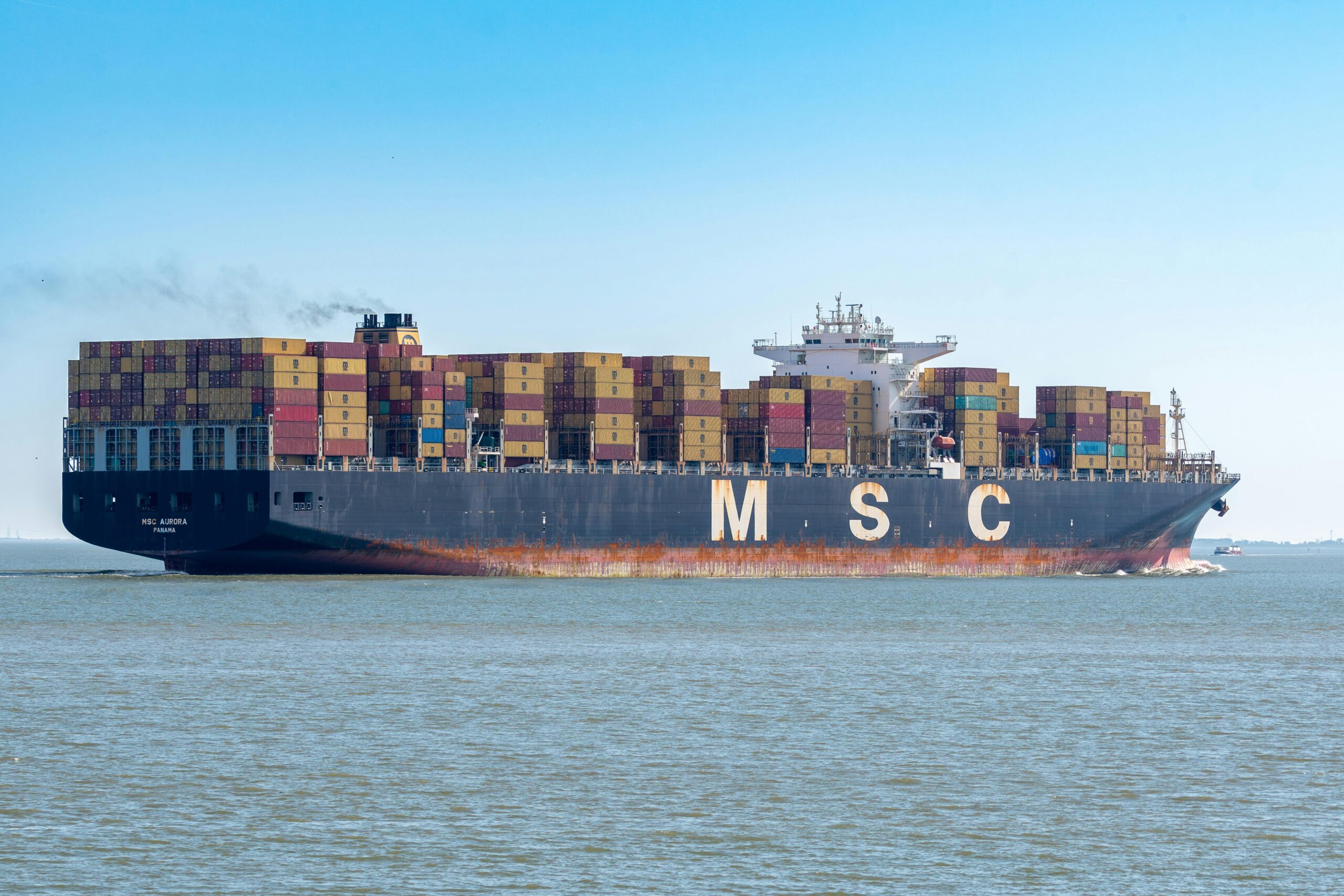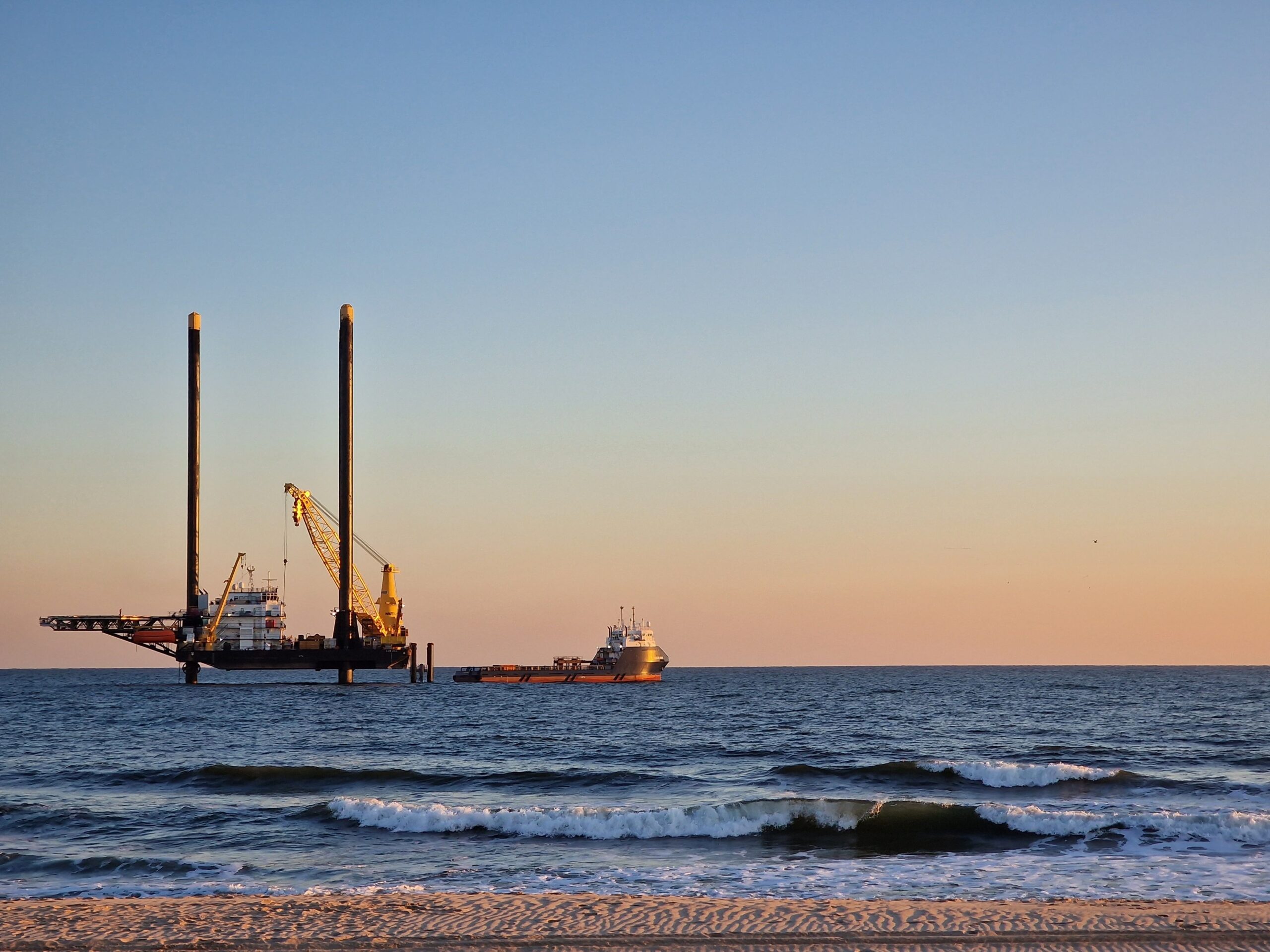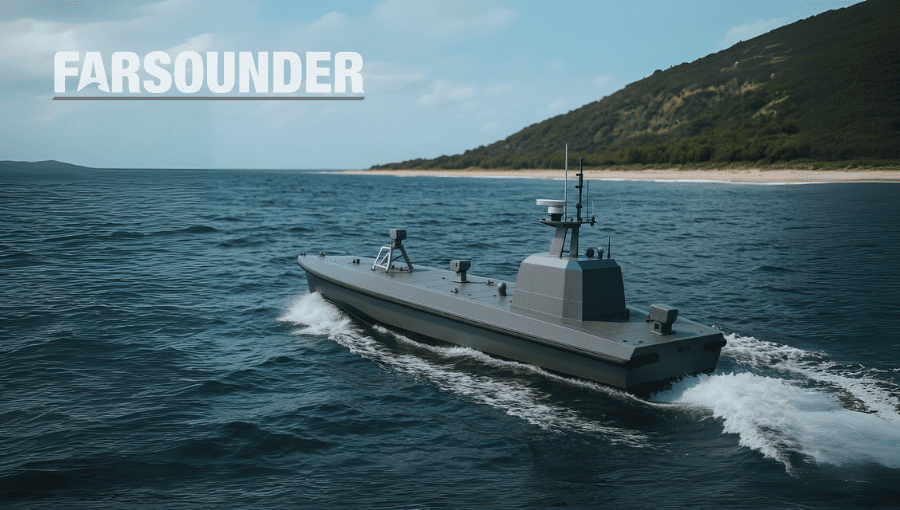$2.6 million. That was the cost of raising the Respect, a 150-foot tugboat that sank in 2006 after thieves stole the copper plug from the vessel’s sea chest. The Respect remained at the bottom of the Oakland Estuary in northern California for 7 years. Finally, she was raised and disposed of in 2014.
The Respect posed hazards to the environment and public safety because of the presence of oil, asbestos, and other sediments that had become contaminated over time. She also posed a navigational threat to vessels in the 35-foot-deep Oakland Estuary, which connects San Francisco Bay and San Leandro Bay.
Removing the vessel was expensive and time-consuming, taking approximately seven months to complete. It took two barge cranes to raise the vessel. At that point, the U.S. Coast Guard and Environmental Protection Agency (EPA) removed hazardous substances before sending it to be taken apart and decommissioned. Crews ended up removing 31,000 gallons of oil-laden sediment and 40 cubic yards of asbestos from the vessel.
The story of the Respect offers but a glimpse into a far more significant problem—and it’s an issue that affects all waterways and ports in the United States and worldwide.
Thousands of Abandoned & Derelict Vessels Litter U.S. Ports & Waterways
Per the National Oceanic and Atmospheric Administration’s Marine Debris Program (MDP), thousands of abandoned and derelict vessels (ADVs) exist in ports and waterways across the U.S. The MDP considers an “abandoned vessel” one with no known owner because they cannot be found or have surrendered their rights. A “derelict vessel” may have an owner but is neglected or in disrepair. Abandoned and derelict vessels pose severe hazards to delicate ecosystems, sea life, and people who live or work in the area. They also endanger maritime workers on vessels attempting to navigate any ports or waterways around the wrecked vessels.
Many of these vessels remain abandoned for years or even decades—increasing their risk of causing environmental harm and endangering commercial or recreational maritime activities. When coastal storms hit, they may sink and move. As they break apart, they may send debris and potentially harmful substances into the ocean, harbors, and bays. This includes oil and toxic chemicals on board when the vessel was abandoned. Even nets and fishing lines can detach from abandoned ships, where they can harm or kill marine life.
As time goes on, these hazards only increase.
Whether abandoned and derelict vessels are abandoned by their owners, fall prey to severe weather, run aground, or are rendered unseaworthy because of negligent operation, they require extensive resources to remove. Properly raising and disposing of abandoned vessels is expensive and demands specialized equipment and skilled labor to get the job done. Then there are legal obstacles to overcome, which vary depending on the jurisdiction and whether the vessel is in state, national, or international waters.
All of this means, despite the best efforts of programs and groups like the Marine Debris Program, abandoned vessels are bound to litter our waterways and ports for years to come.
Who Is Responsible for Removing Abandoned & Derelict Vessels?
The owner of a derelict or sunken vessel is responsible for marking and removing it, but the cost of removal presents a serious obstacle many owners do not overcome. With abandoned vessels, the owners often cannot be found or were companies that are now dissolved. Abandoned and derelict vessels then become the problems of the ports and coastal states where they are located.
In the case of the Respect, the State of California initially lacked the funding to remove the tug. It took years before the state received funding to raise other derelict vessels in the Oakland Estuary. However, the EPA still had to pay for the cost of pollution abatement and raising the vessel through the Oil Spill Liability Trust Fund.
Protecting Maritime Workers’ Rights & Interests
The environmental impact of abandoned and derelict vessels is significant. Another issue bears mentioning, however, involving maritime workers. When encountering an abandoned vessel, seamen and harbor workers may face serious dangers. In harbors, bays, and waterways, abandoned vessels pose threats to maritime traffic, whether fully submerged, partially underwater, or still afloat. Crews that work to raise and decommission abandoned vessels can also be at risk of being injured if they are not given the proper training and equipment to do their jobs. Crane and winch accidents and exposure to asbestos, oil, or other toxins are examples.
Arnold & Itkin has represented maritime workers injured in U.S. and international waters since 2004. The firm helped one-third of the Deepwater Horizon crew find justice after the 2010 explosion and spill, which remains the worst in United States history. The firm helped three widows of the sunken El Faro get answers and hold at-fault parties accountable after the cargo ship was lost in Hurricane Joaquin in 2015. When maritime disasters cause harm and claim lives, Arnold & Itkin’s offshore injury lawyers stand up for seamen and their families, exposing the wrongdoing that was the ultimate cause of their injury or loss.

 Join The Club
Join The Club










